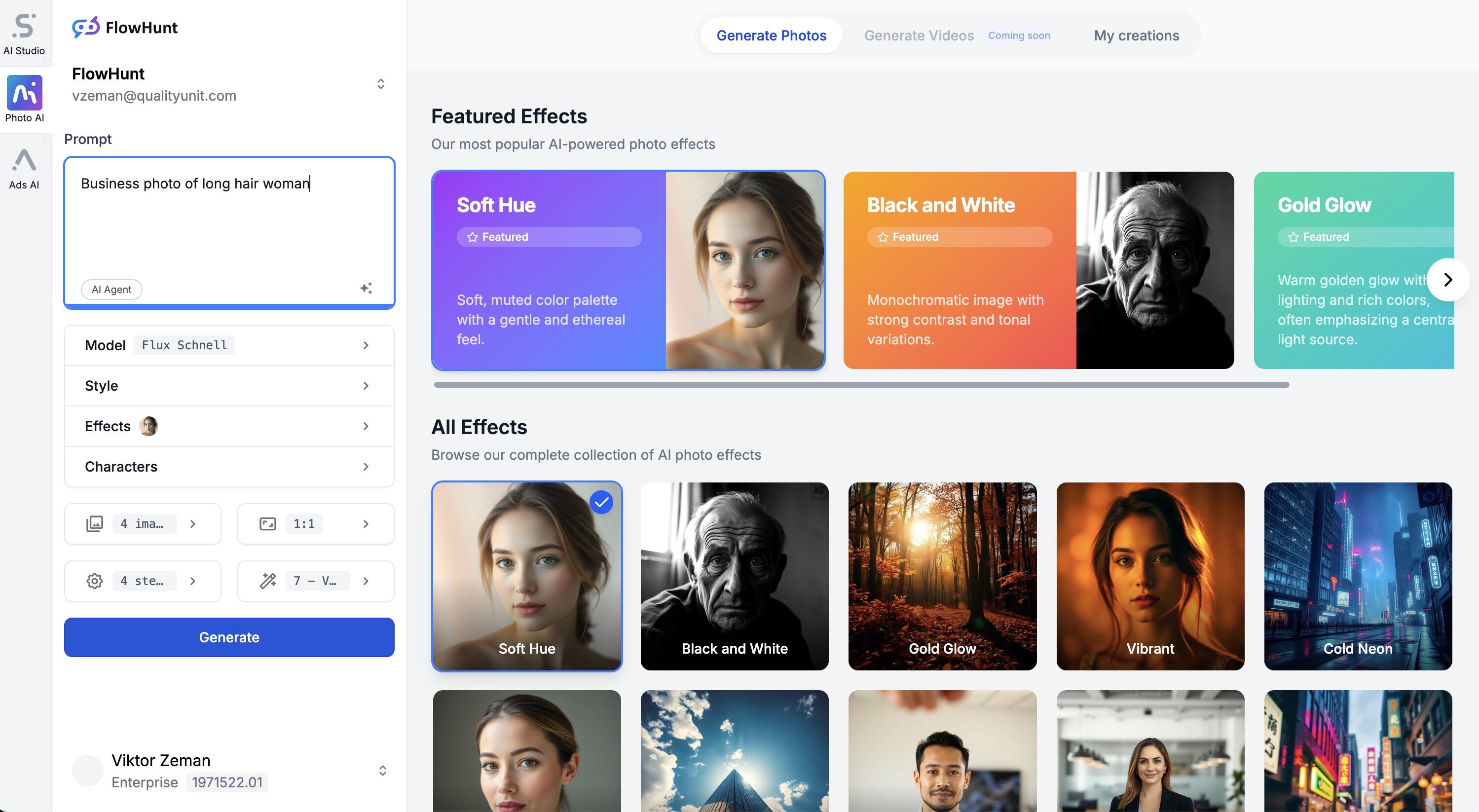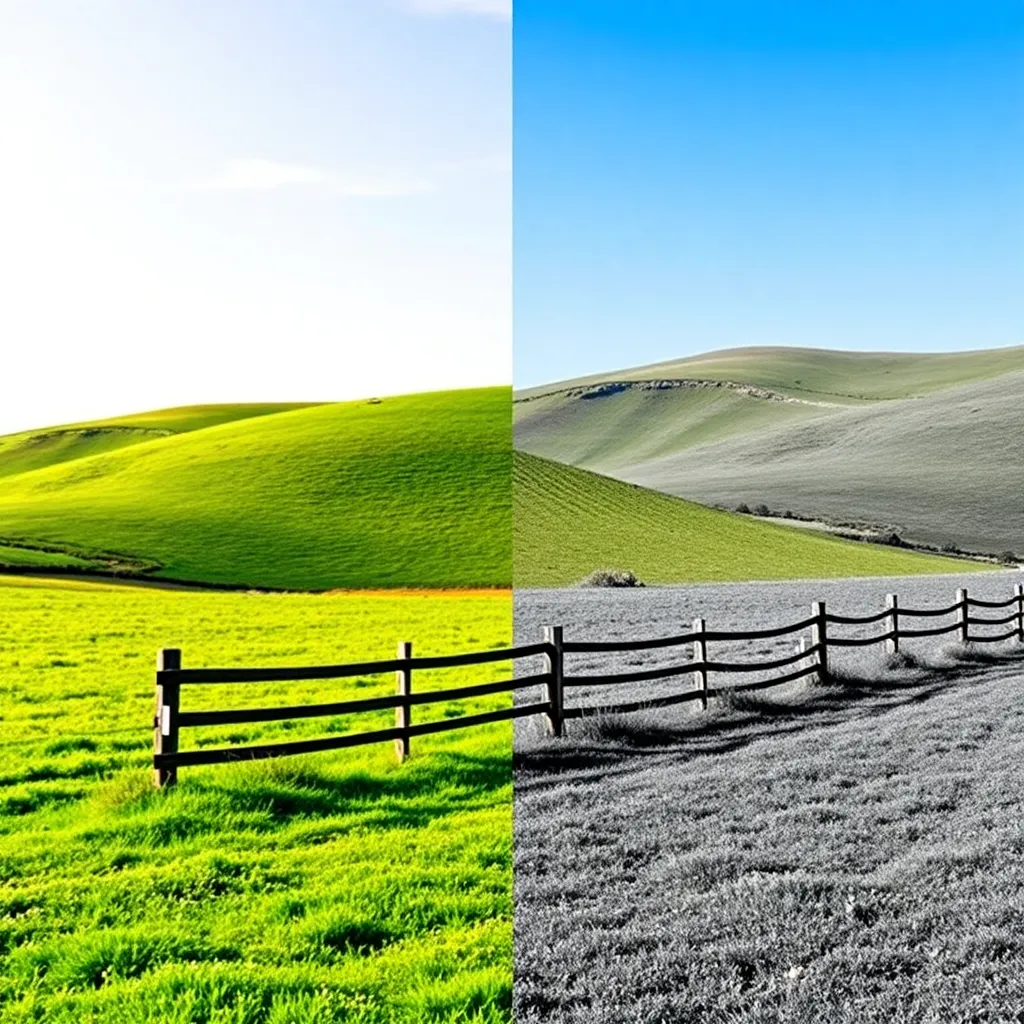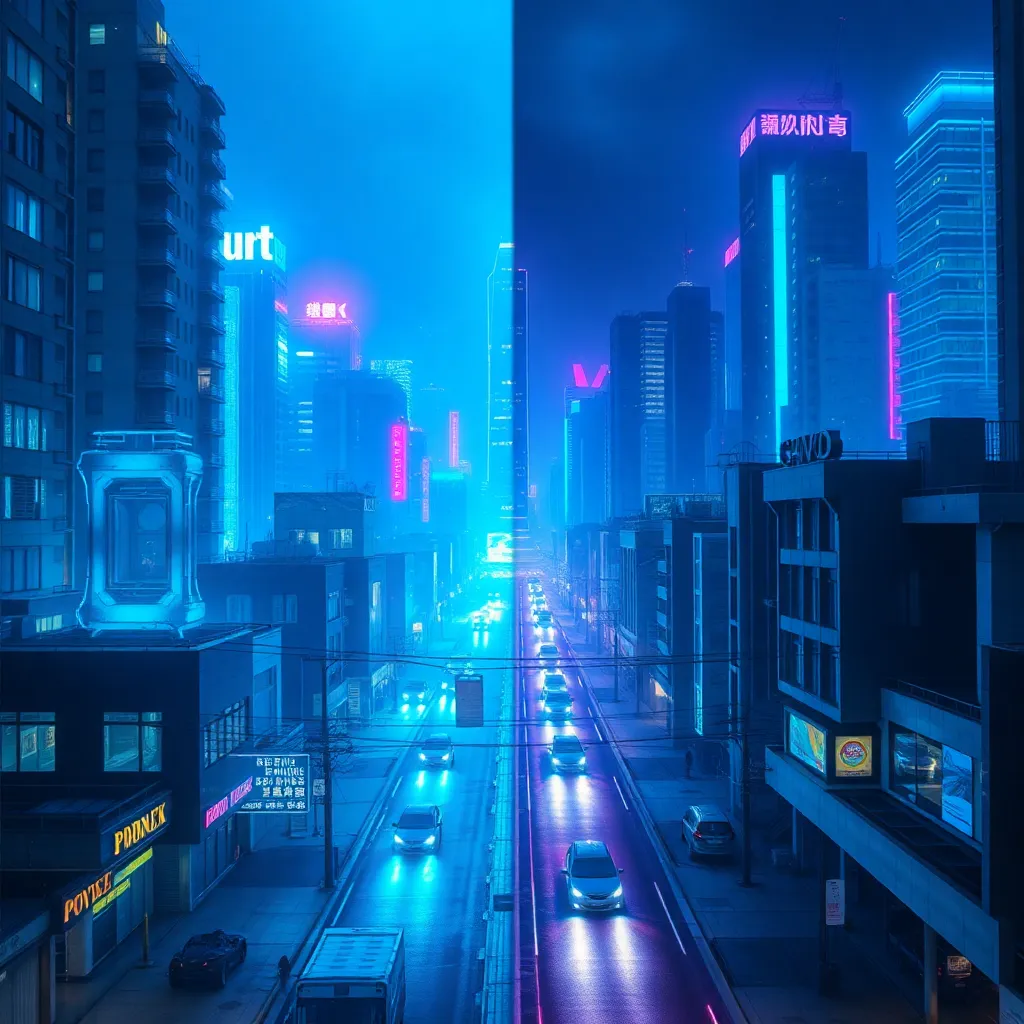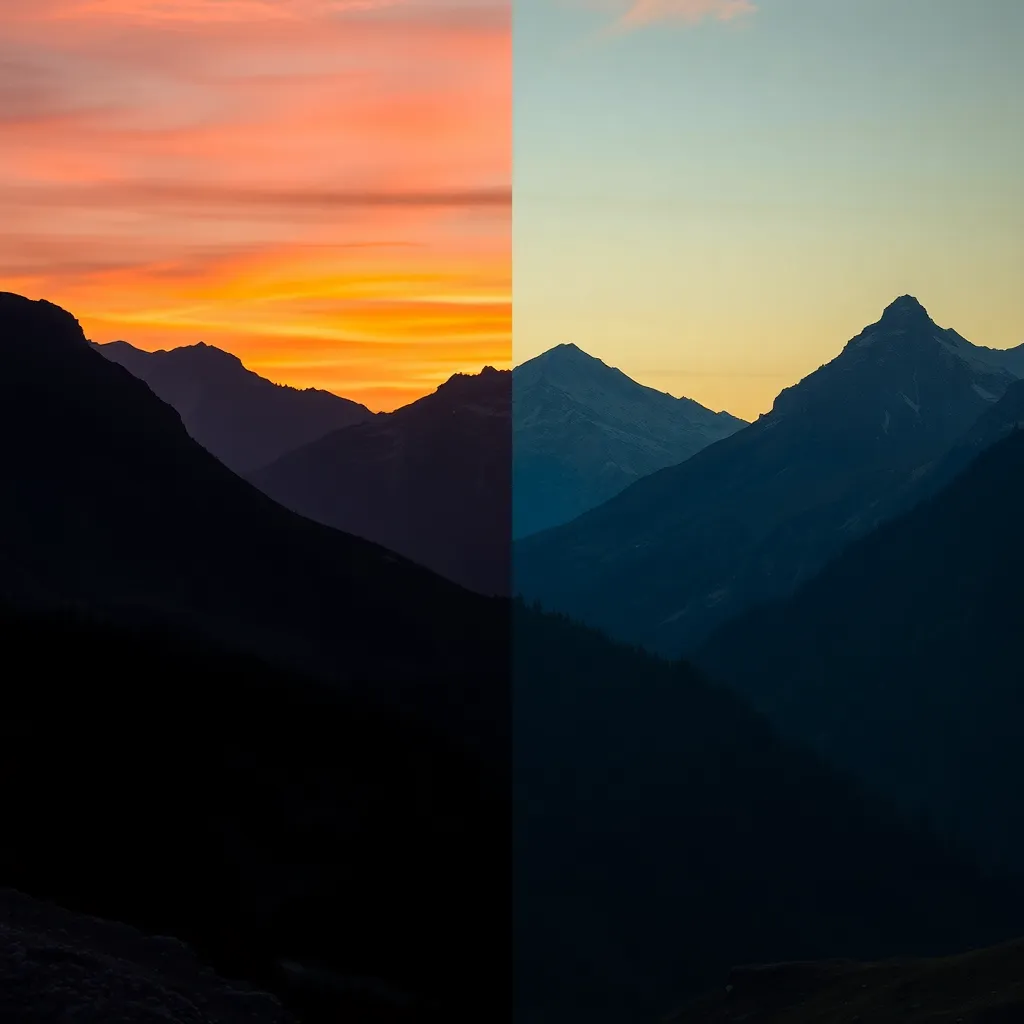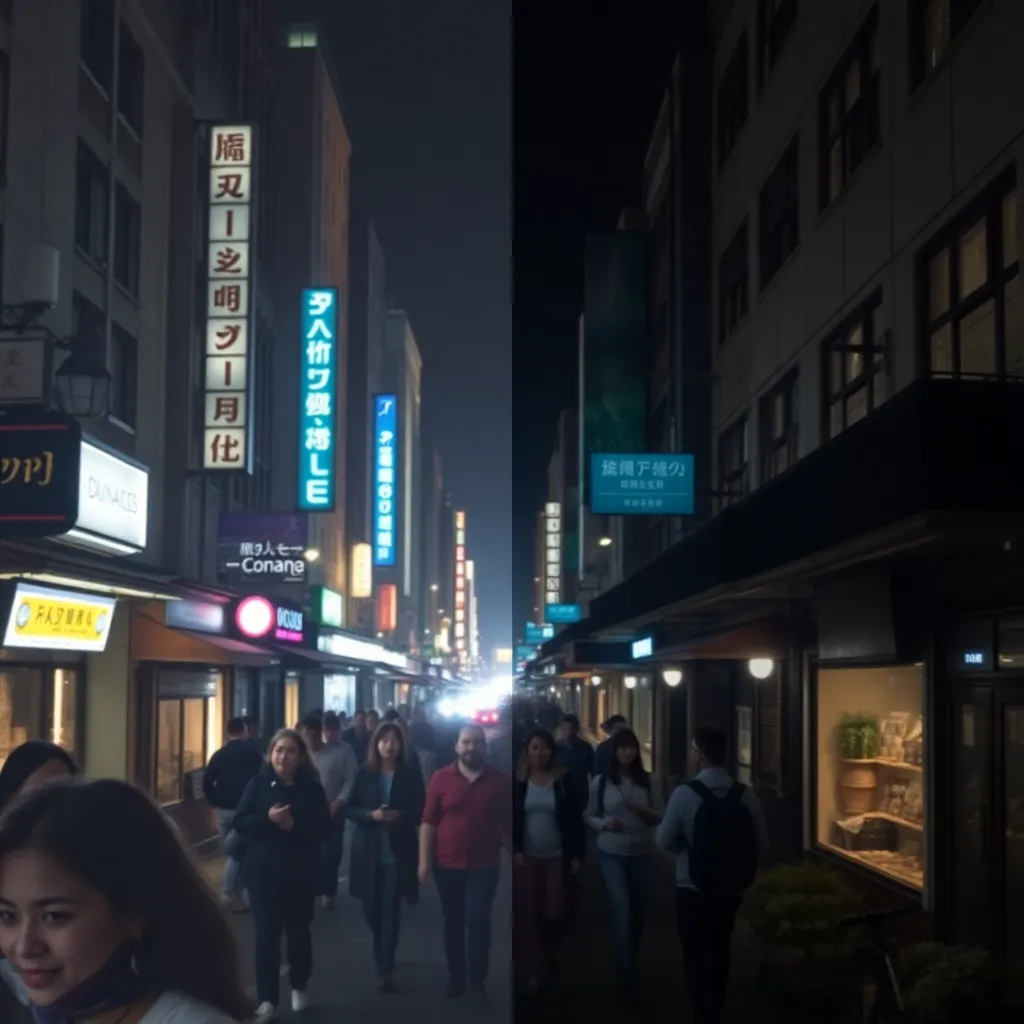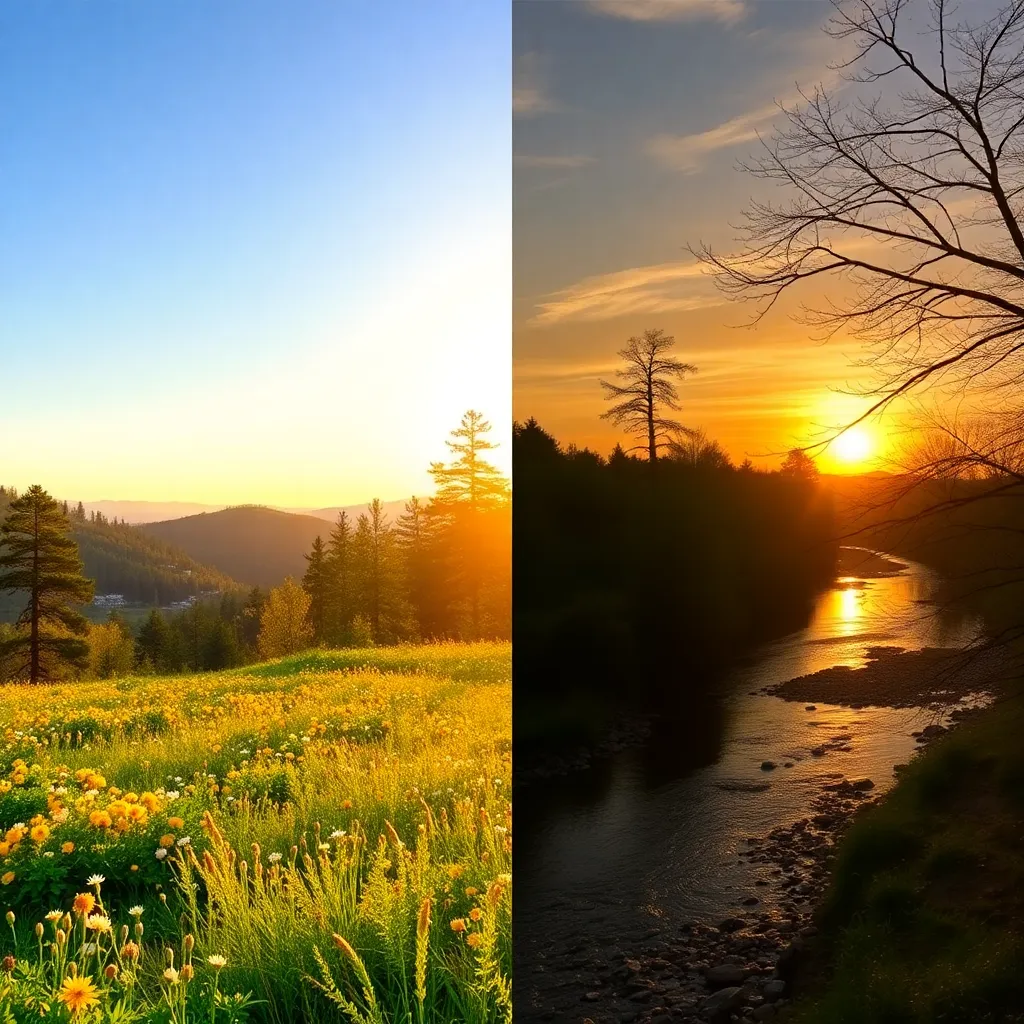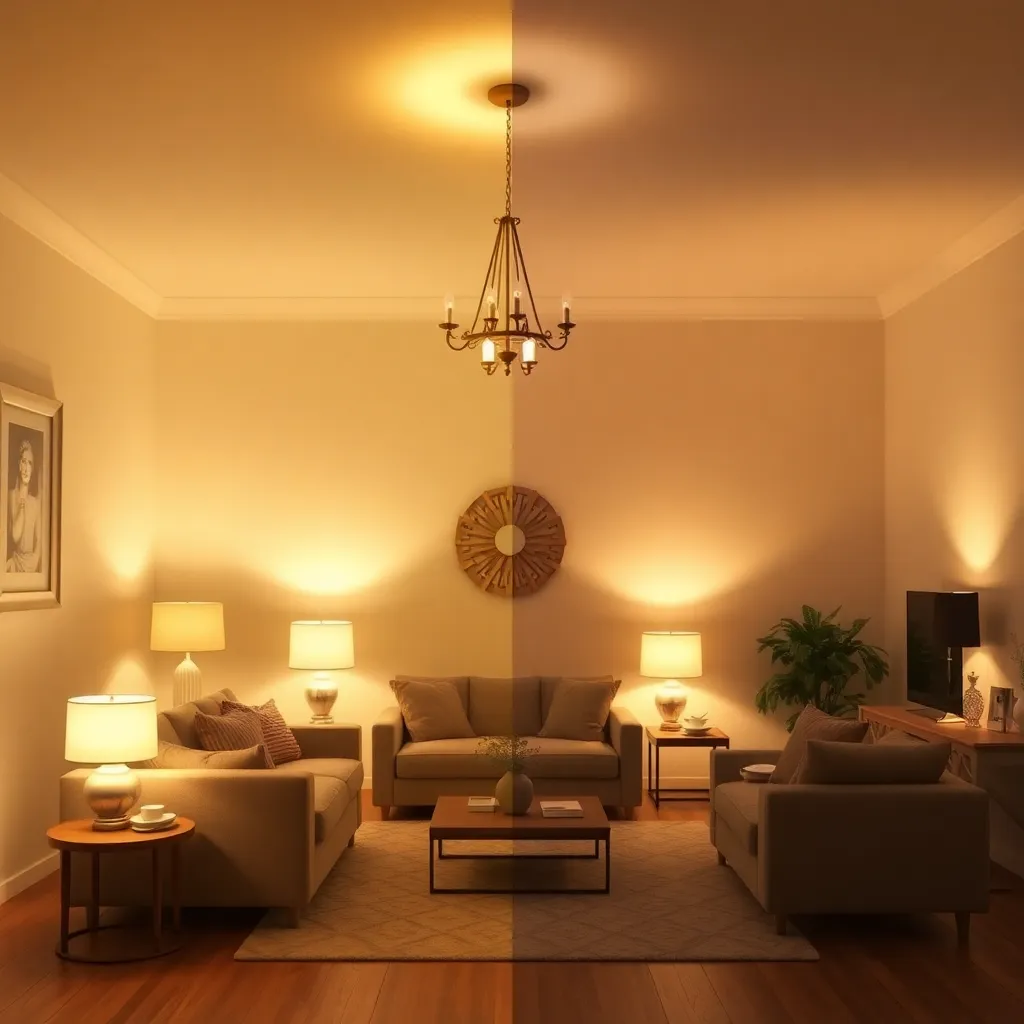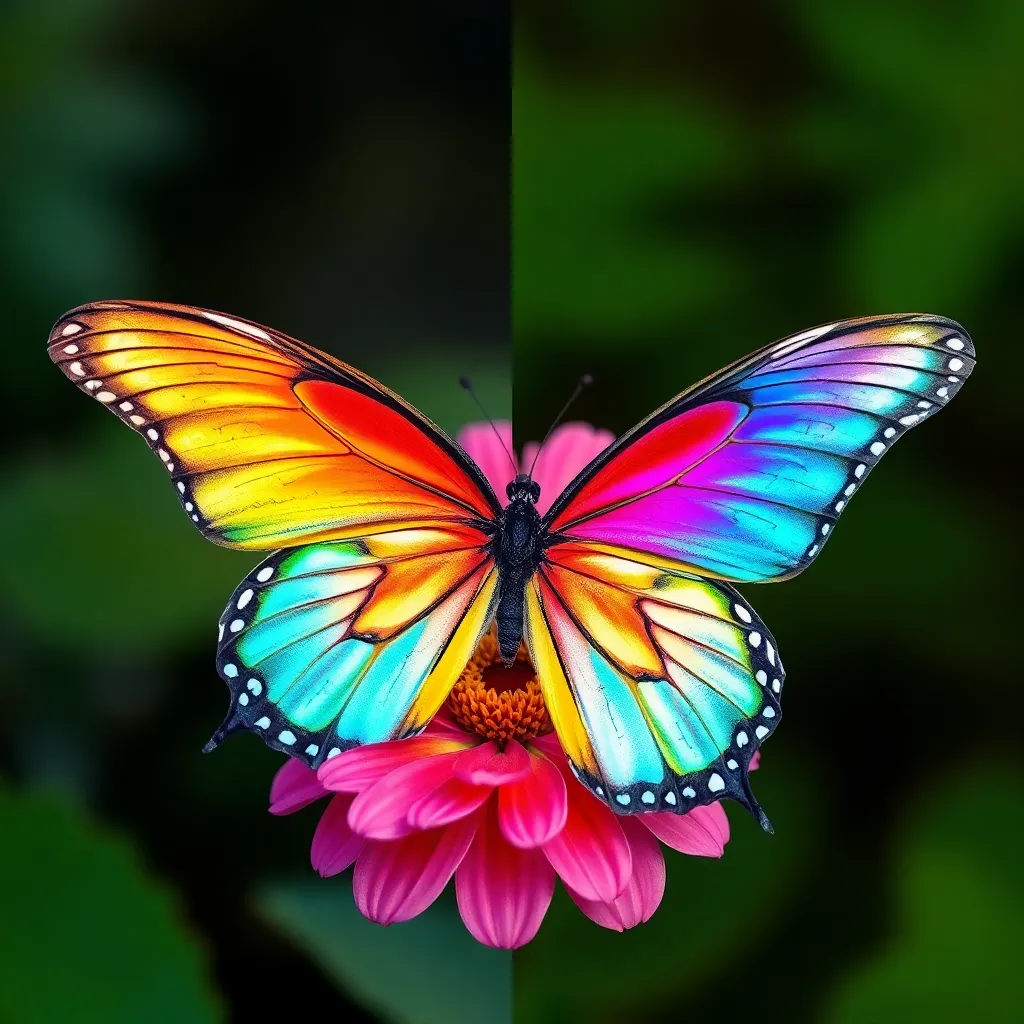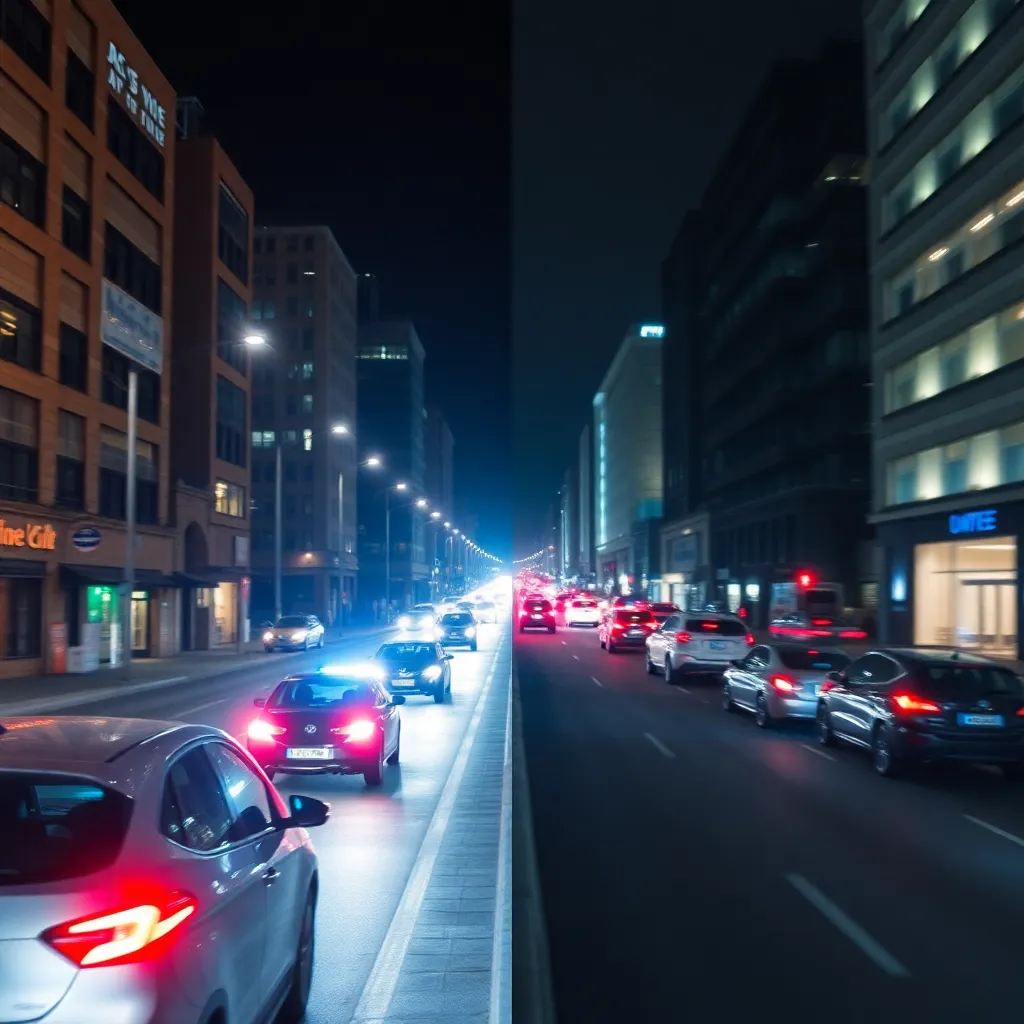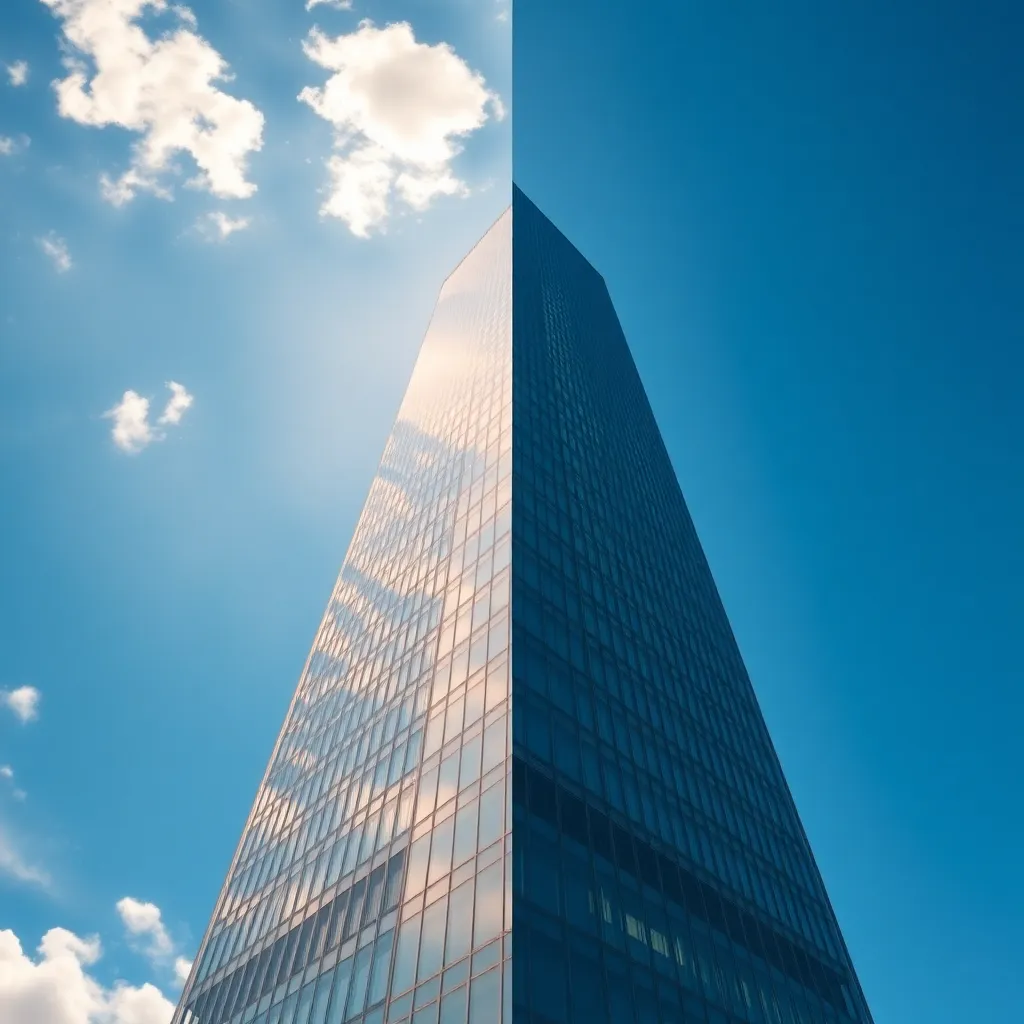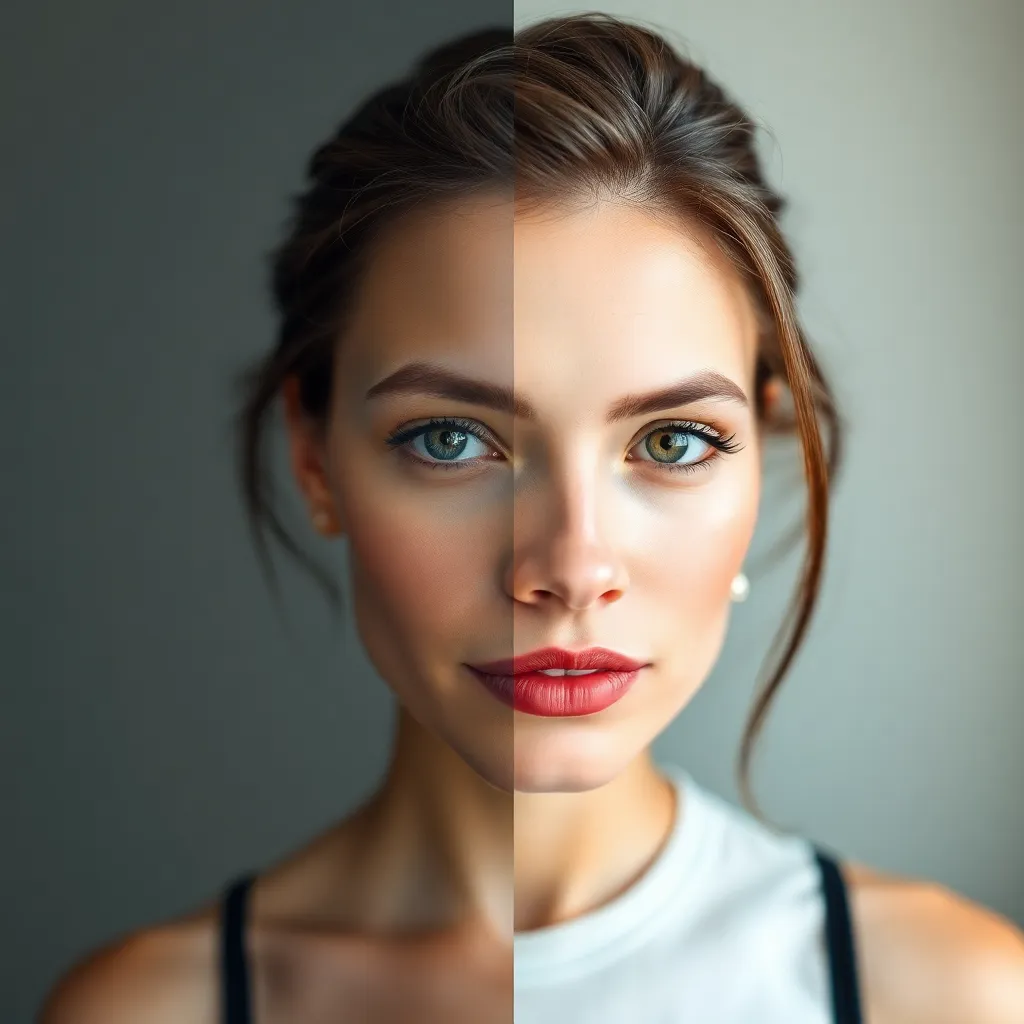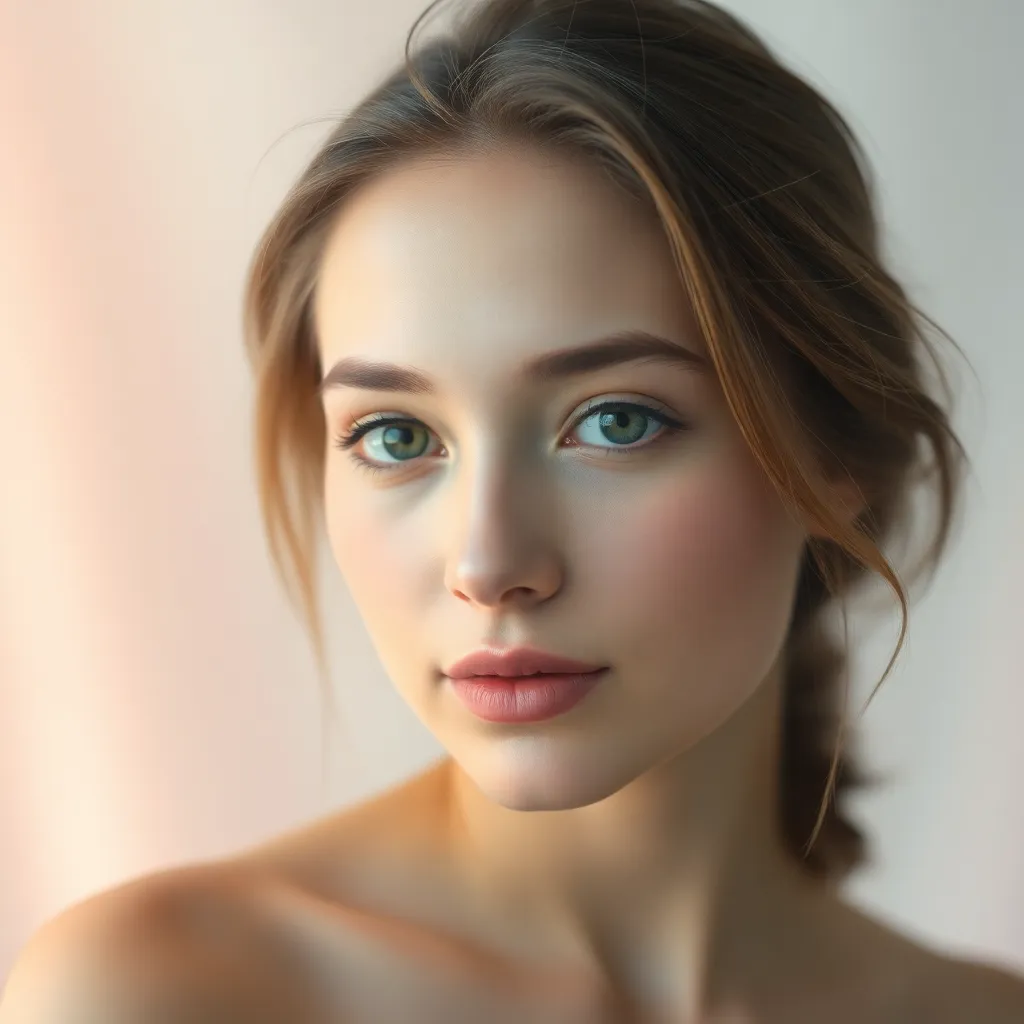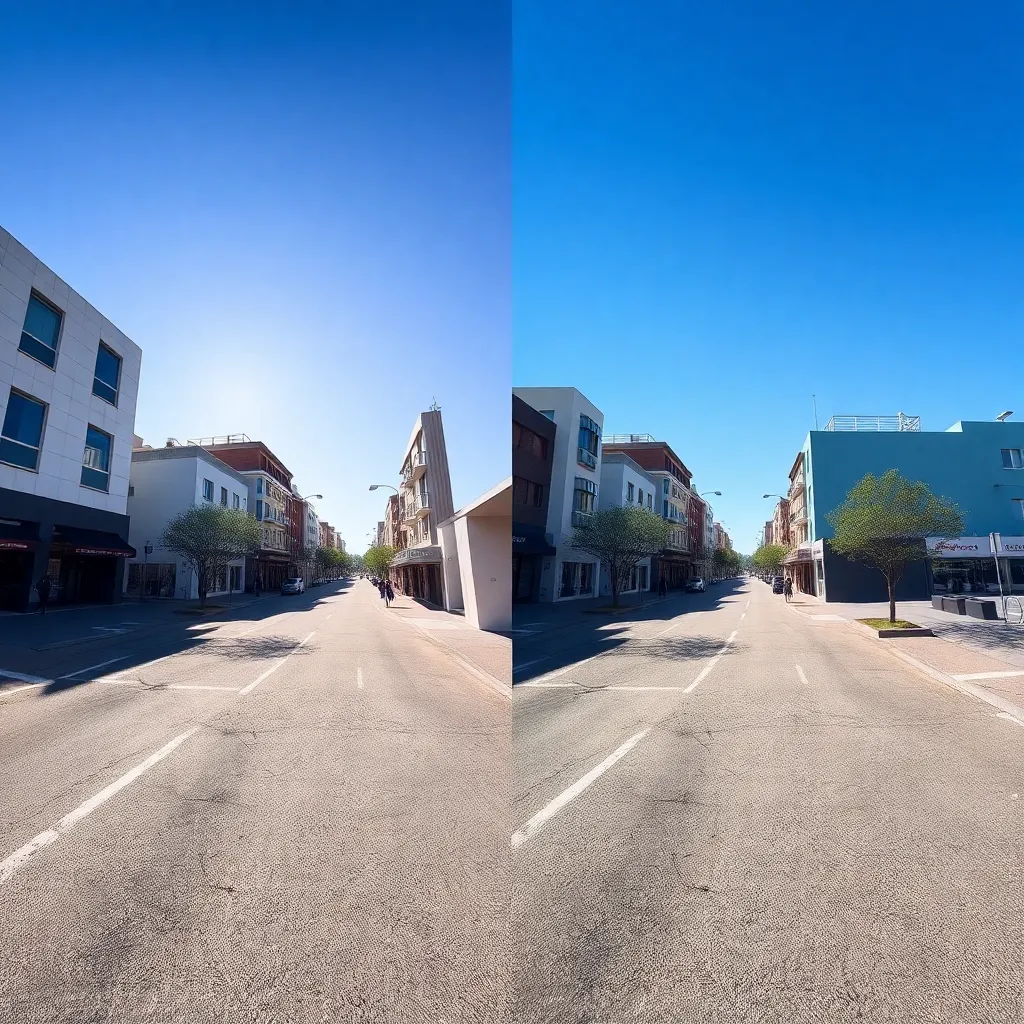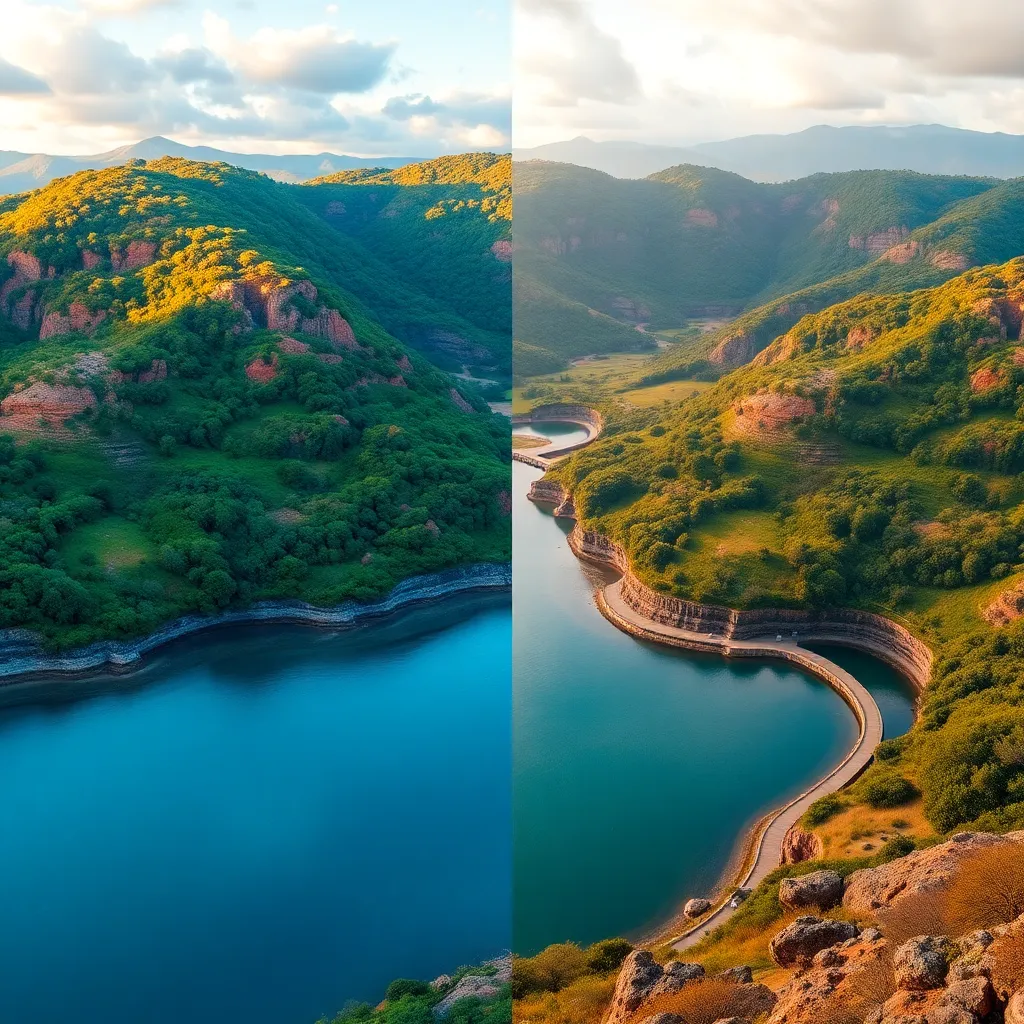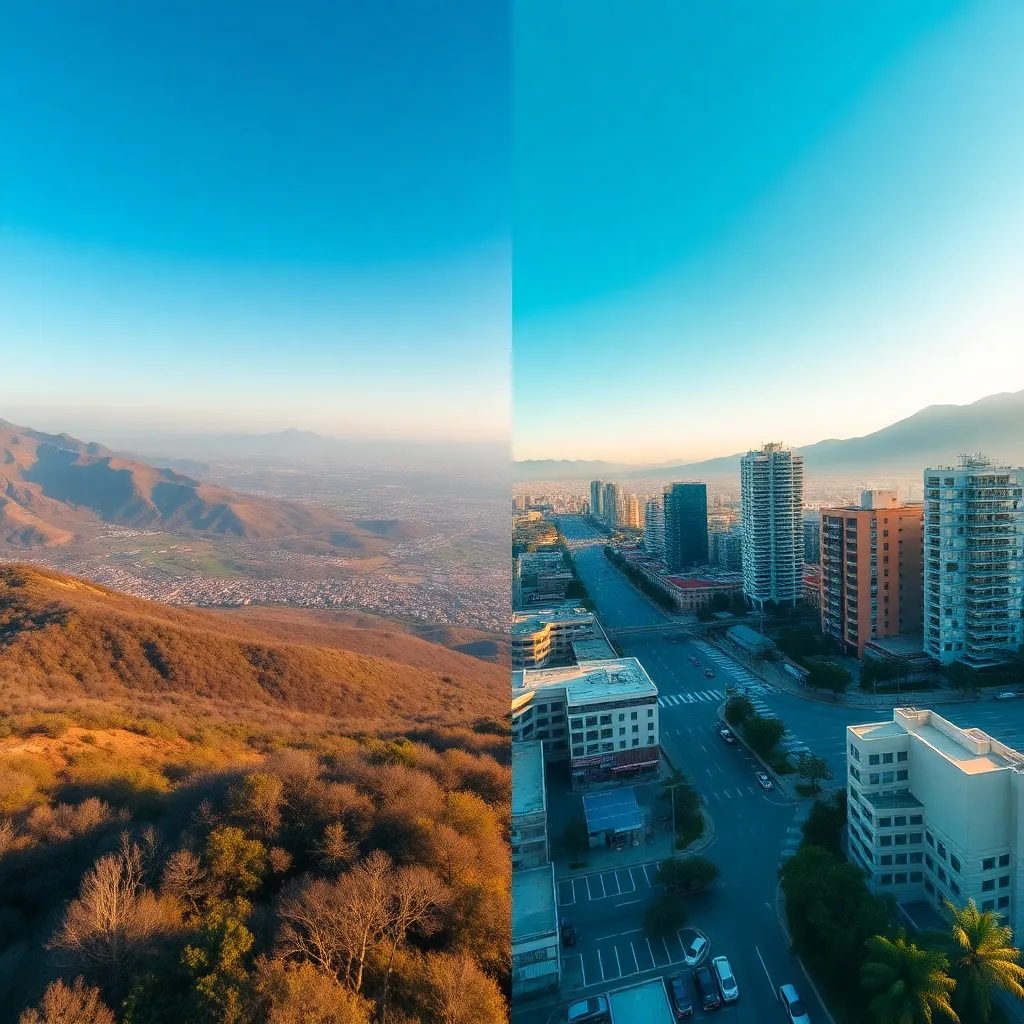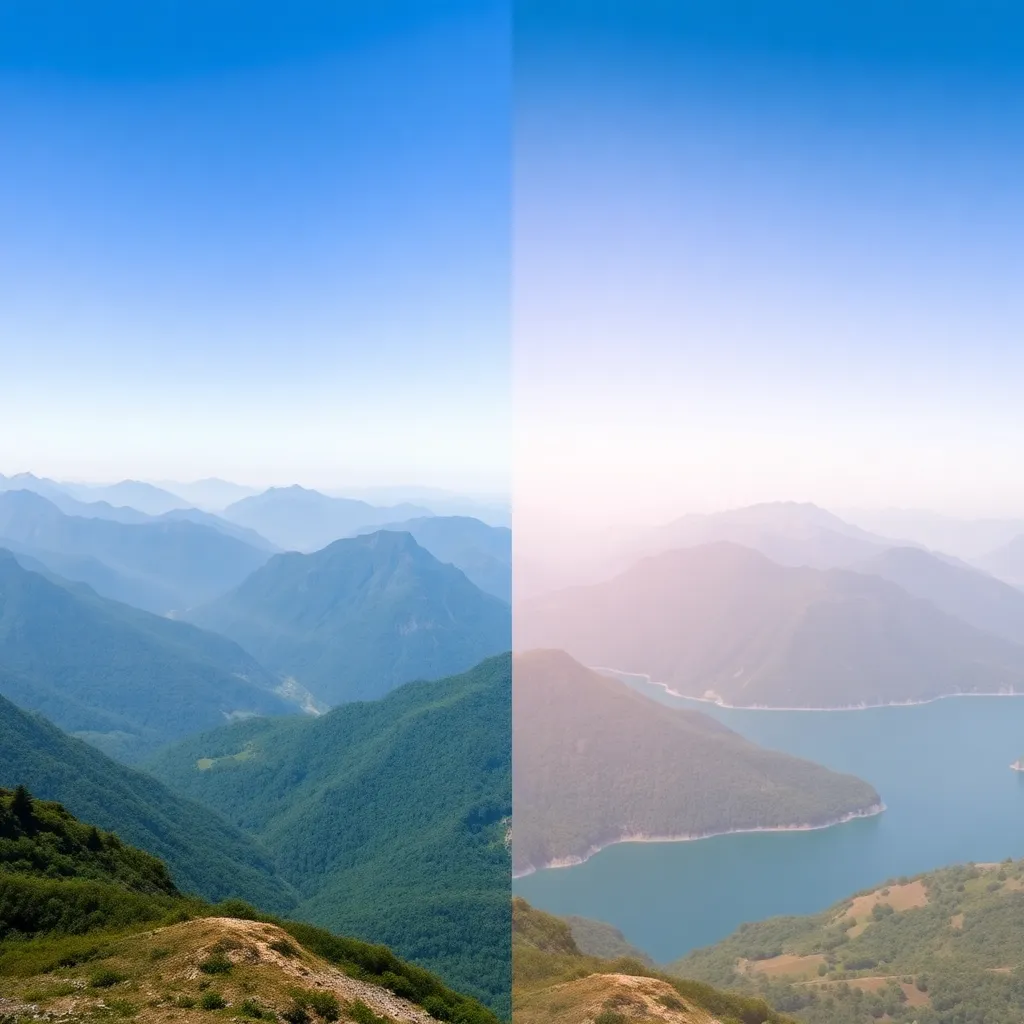
Aerial Effect
The Aerial effect in photography creates dramatic, bird’s-eye views of landscapes, cityscapes, events, and structures. This effect is achieved by capturing imag...
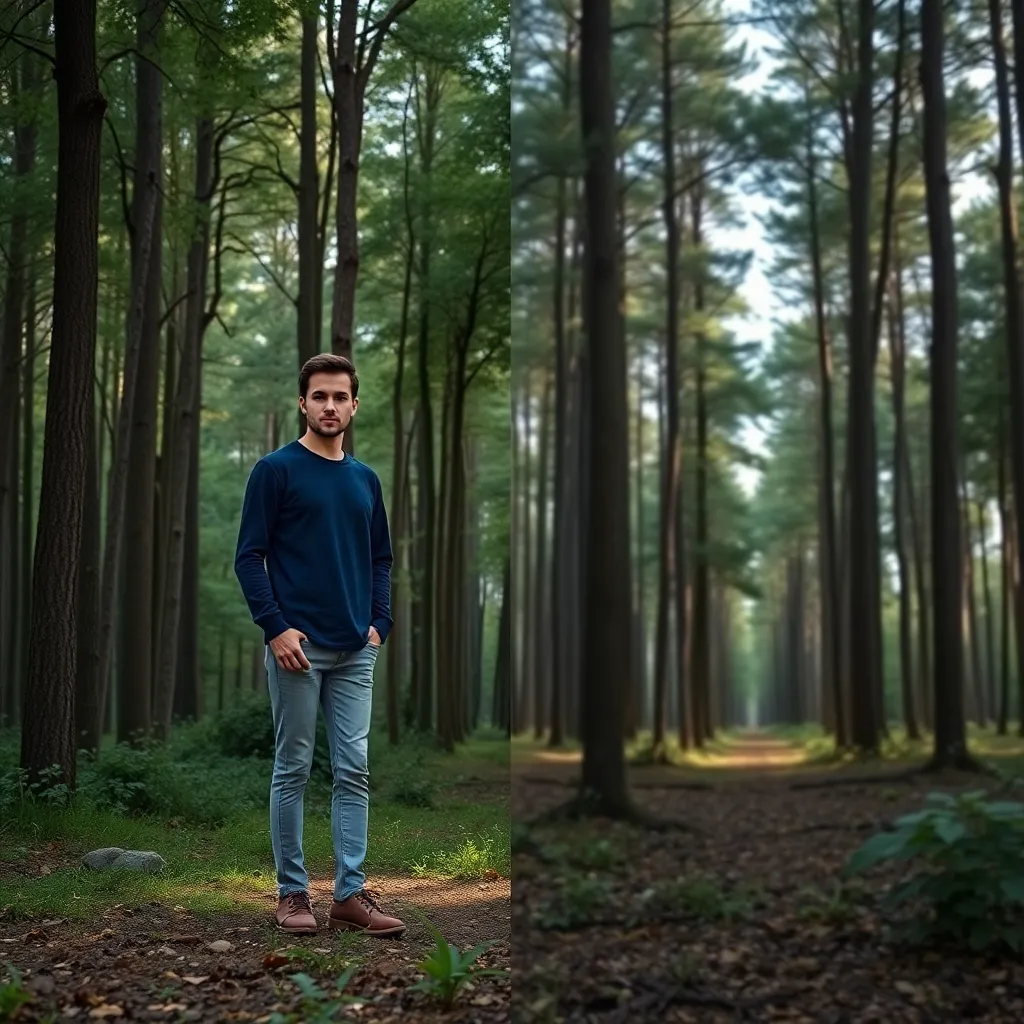
Effect
The Mid Shot effect is a classic photographic composition technique that frames the subject from the waist up. Widely used in portrait, documentary, fashion, and cinematic photography, this effect balances contextual background with intimate subject detail, making it perfect for storytelling, interviews, promotional content, and more.
Use our Photomatic AI image generator to create impactful images with the Mid Shot effect. Our AI technology lets you generate professional-quality, perfectly framed mid shot compositions in just a few clicks. Try it now and elevate your visual storytelling!
Generate your own AI images with Mid Shot effects
The Mid Shot effect is a foundational composition technique in photography and cinematography, framing the subject from approximately the waist up. This approach offers a harmonious balance between capturing the subject’s facial expressions and body language, while still providing enough of the environment to establish context. The mid shot, sometimes called a “medium shot,” is versatile—ideal for portraits, interviews, fashion, promotional materials, and storytelling. It invites viewers into the scene, creating a sense of connection with the subject without losing sight of their surroundings.
The Mid Shot effect is widely embraced by professionals and enthusiasts alike across a diverse range of visual arts:
The Mid Shot effect enhances photographs in several important ways:
The Mid Shot effect shines in multiple types of photography and visual storytelling. Here are some detailed use cases:
How & Why: A mid shot for business portraits provides enough detail to make the subject relatable and trustworthy, while the background can subtly reinforce their professional environment. This is ideal for LinkedIn, company websites, or personal branding.
How & Why: In interviews or documentaries, the mid shot effect frames the subject to capture gestures and expressions, while also including props like microphones or workspaces. This makes the subject feel accessible and authentic.
How & Why: Fashion photography benefits from the mid shot by showing clothing, accessories, and model’s styling in clear detail. It’s perfect for online stores, lookbooks, and editorial spreads where both garment and personality matter.
How & Why: Artists and musicians often use mid shots for album covers, posters, or press kits. The framing emphasizes the performer and their instrument or creative space, delivering an energetic, artistic vibe.
How & Why: For lifestyle or social media images, mid shots allow for authentic, joyful moments to come through. The framing is close enough for intimacy but wide enough to show context, making for highly shareable and memorable shots.
How & Why: In movies and narrative photography, a mid shot is perfect for introducing characters. It sets mood, shows costume or expression, and includes enough of the setting to anchor the story.
The Mid Shot effect is a timeless and powerful compositional tool, trusted by photographers, filmmakers, and content creators worldwide. It skillfully bridges the gap between close-up intimacy and environmental storytelling, delivering images that are both engaging and informative. Whether you’re crafting a professional portrait, a cinematic still, or a casual lifestyle shot, mastering the mid shot effect will elevate the impact and versatility of your visual work. Try it with Photomatic’s AI image generator for consistent, high-quality results in any scenario!
Use our Photomatic AI image generator to create impactful images with the Mid Shot effect. Our AI technology lets you generate professional-quality, perfectly framed mid shot compositions in just a few clicks. Try it now and elevate your visual storytelling!
The Mid Shot effect is a compositional photography technique where the subject is framed from the waist up. This classic framing balances detail and context, making it ideal for portraits, interviews, fashion, and cinematic storytelling.
Use the Mid Shot effect when you want to capture both the subject’s expression and some context of their environment. It’s perfect for interviews, business portraits, promotional photos, fashion catalogs, and scenes that benefit from a balance of intimacy and background.
The Mid Shot effect enhances photos by focusing on the subject’s upper body and face while still including enough background to provide context. This creates engaging, relatable images that draw attention to expressions and gestures without losing environmental cues.
While mid shots are especially effective in portrait, documentary, and fashion photography, they can be adapted to various genres. However, for extreme close-ups or wide environmental shots, other framing techniques may be more suitable.
Yes! Modern AI image generators like Photomatic allow you to easily create perfectly composed mid shot effect images for any scenario, ensuring consistent professional results with minimal effort.
Give to AI Agents and AI Crews tools to generate images
FlowHunt is much more than an image generation platform. You can automate your image generation process with AI Agents or Crews in AI Studio. Create stunning visuals in seconds, tailored to your needs. Whether you need product photos, marketing visuals, or unique artwork, our platform makes it easy to bring your ideas to life. AI Studio supports wide range of image generation models.
Example usage:
Explore our other effects to enhance your AI generated images
The Aerial effect in photography creates dramatic, bird’s-eye views of landscapes, cityscapes, events, and structures. This effect is achieved by capturing imag...
The Black and White effect transforms color images into grayscale, emphasizing contrast, texture, and composition. This classic effect is beloved in portrait, s...
The Cold Neon effect is a visually striking color grading style that bathes images in cool, electric neon tones—primarily blues, purples, and cyans. This effect...
The Dramatic Effect is a powerful visual technique in photography that intensifies mood, highlights emotion, and creates striking visual impact. Utilizing bold ...
The Flash Effect is a photographic technique where a sudden burst of artificial light is used to illuminate a scene or subject, resulting in high contrast, vivi...
The Gold Glow effect is a radiant visual enhancement that bathes images in warm, golden highlights. Popular in luxury, fashion, branding, product, and fantasy a...
The Golden Hour effect is a sought-after lighting phenomenon in photography, characterized by the warm, soft, and diffused sunlight that occurs shortly after su...
Indoor Light Effect is a photographic and editing technique that enhances images by simulating or accentuating artificial light sources within interior spaces. ...
The Iridescent Effect brings a spectrum of shifting, luminous colors to images, creating a captivating visual experience reminiscent of shimmering soap bubbles,...
Long Exposure is a photographic effect that captures the movement of subjects over a period of time, resulting in striking visuals such as light trails, silky w...
The Low Angle Effect is a powerful photographic technique where the camera is positioned below the subject, looking up. This effect exaggerates height, conveys ...
The Portrait Effect is a photographic technique that emphasizes the subject by keeping them in sharp focus while artfully blurring the background. This effect, ...
Soft Hue is a color grading effect that adds delicate, pastel-like color tones to images. Widely used in fashion, portrait, and wedding photography, this effect...
The Tilt Shot effect, also known as the Dutch Angle, involves tilting the camera to create a slanted horizon. Widely used in action, psychological thrillers, ed...
The Vibrant Effect is a color enhancement technique that amplifies the saturation, contrast, and brightness of images for a lively, eye-catching result. Popular...
The Wide Shot effect is a powerful photographic technique that captures an expansive field of view, emphasizing the scale and context of a scene. This effect is...
